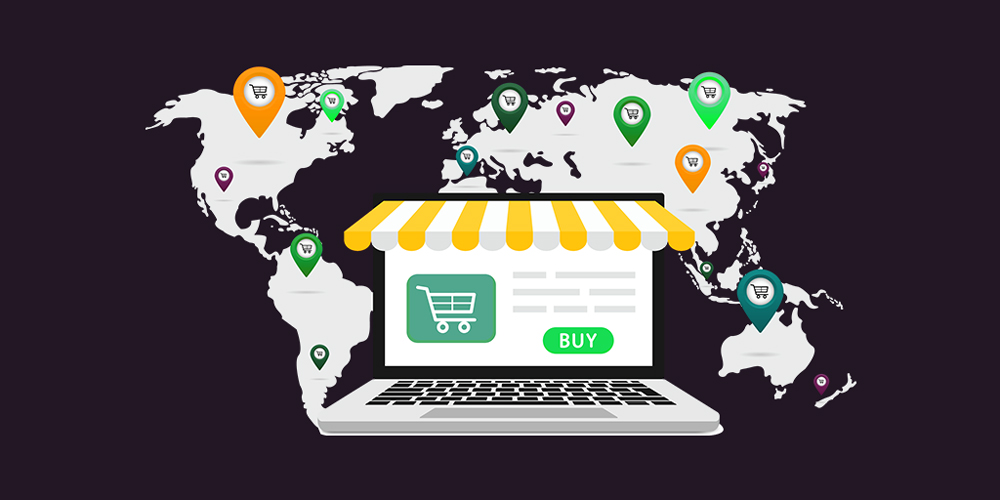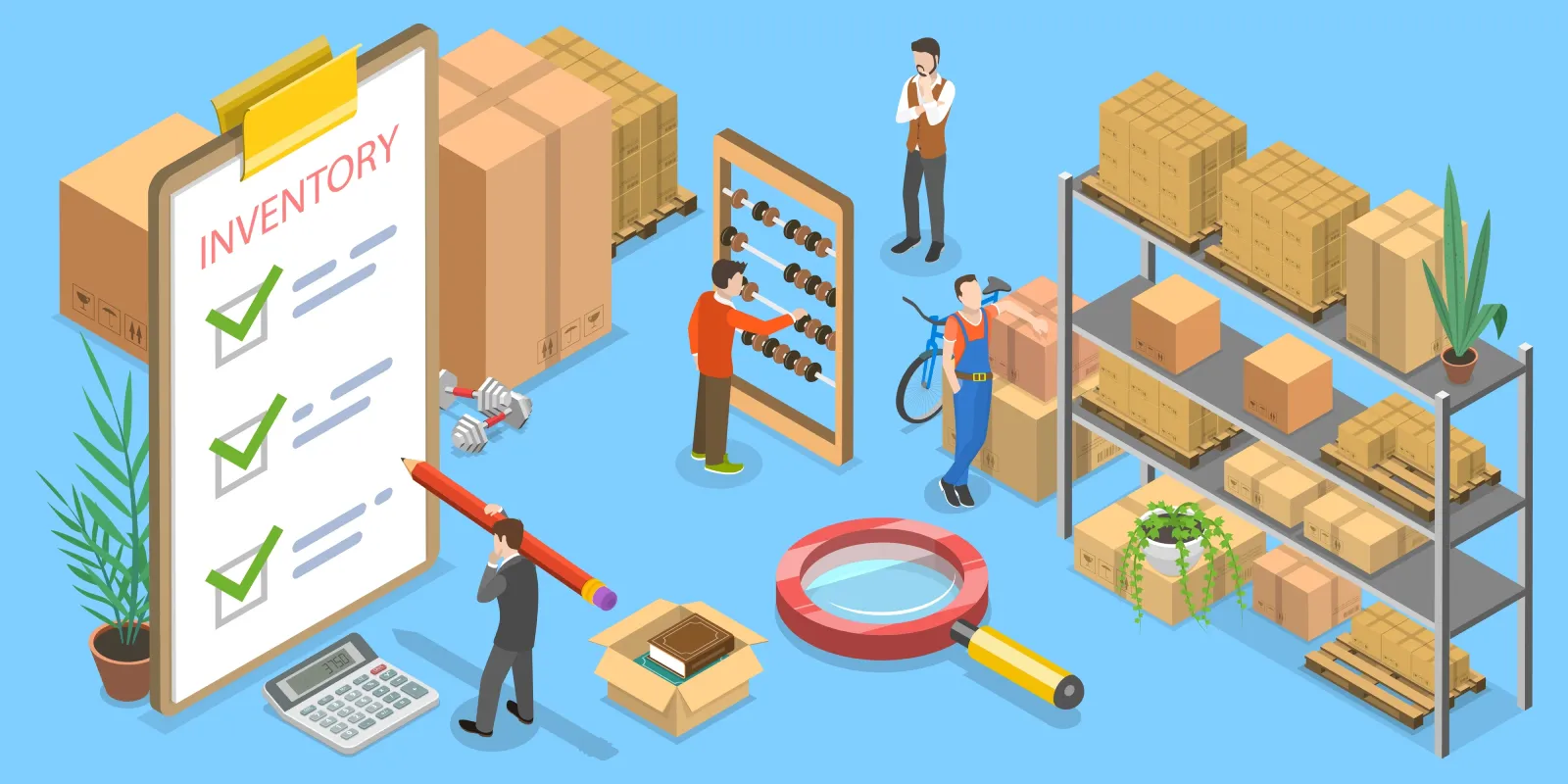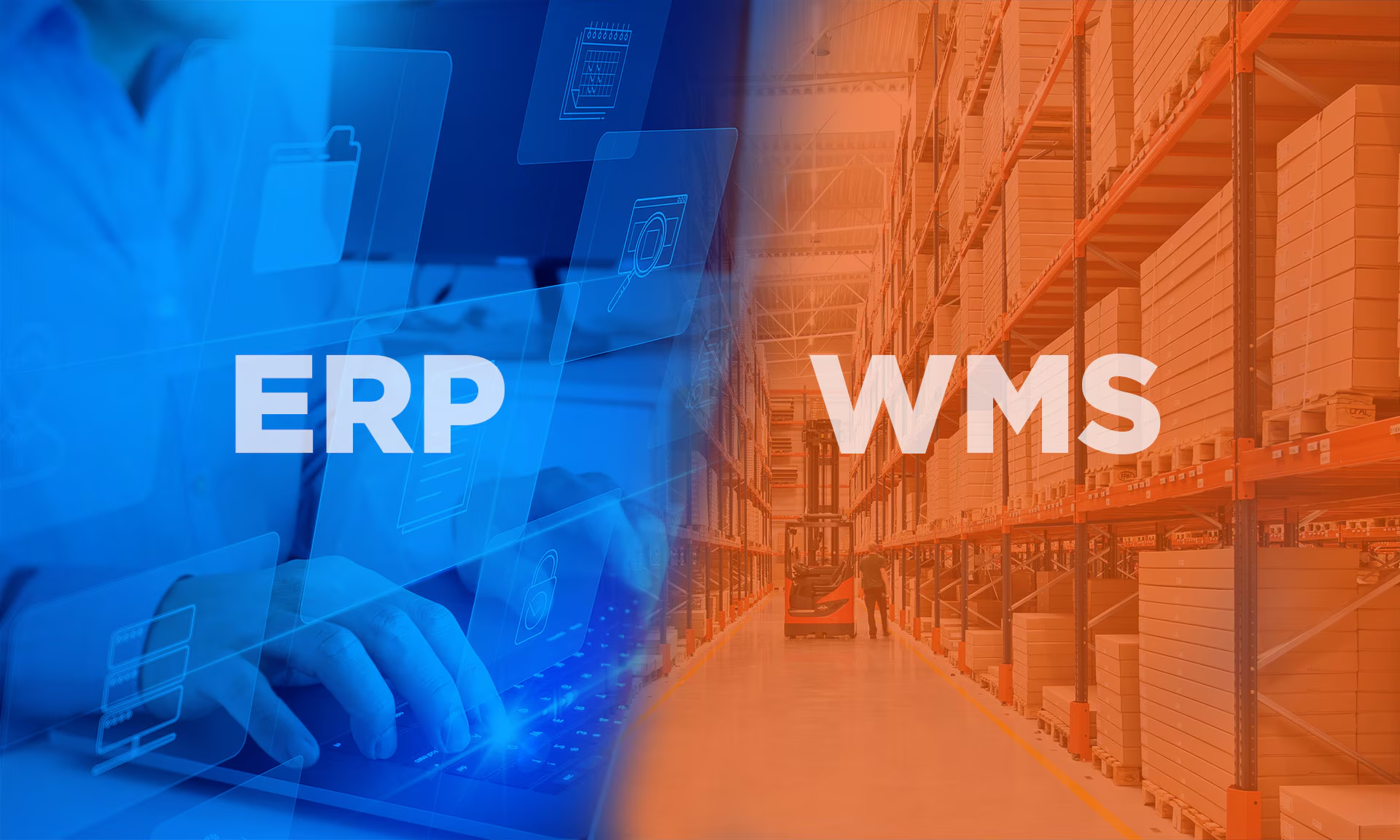Integrating Your Global Logistics Track Platform with Warehouse Automation for Next-Level Efficiency
The logistics industry is transforming rapidly, driven by automation, data visibility, and global connectivity. Integrating a Global Logistics Tracking Platform like PostalParcel with warehouse automation systems is no longer just a competitive advantage—it’s a necessity. This integration enables businesses to achieve higher speed, accuracy, and control across every stage of their supply chain.
Warehouse automation alone improves internal operations, but when synchronized with a logistics tracking platform, it creates a continuous data loop that enhances decision-making, reduces human error, and improves delivery reliability worldwide.
Why Warehouse Automation Integration Matters in Global Logistics
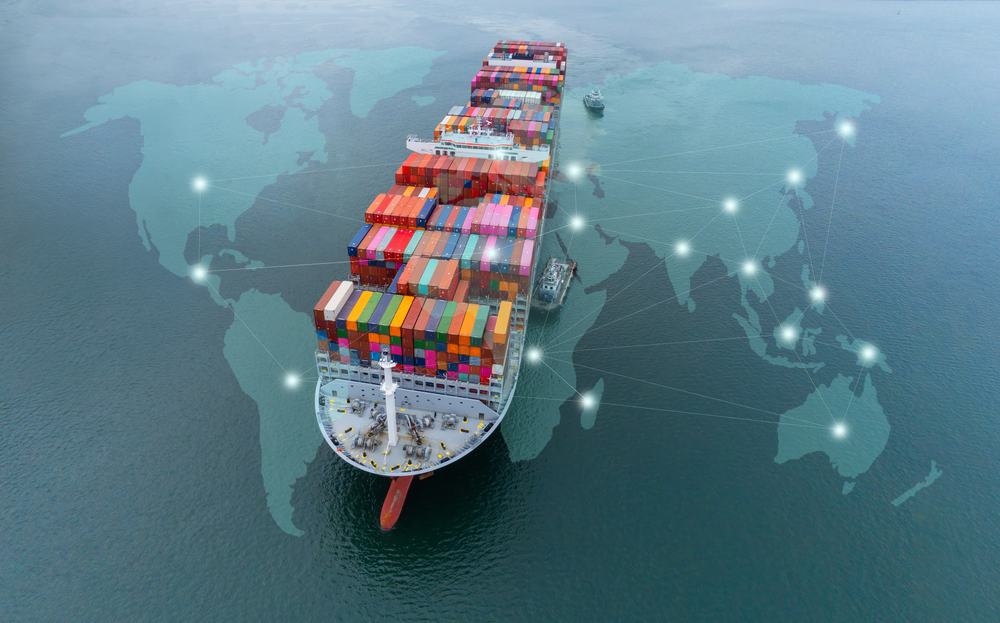
Real-Time Visibility Across the Supply Chain
When logistics tracking connects directly to warehouse systems, all stakeholders—from procurement managers to end customers—gain access to live updates.
- Inbound goods are automatically scanned and matched to purchase orders.
- Outbound shipments are verified instantly as soon as warehouse robots or automated conveyors process the order.
- Exception alerts (such as missing items or delays) trigger automatically, allowing teams to act before issues escalate.
This unified visibility ensures transparency from storage to shipping and eliminates the common “blind spots” in traditional supply chains.
Data Accuracy and Error Reduction
Manual data entry often causes discrepancies between inventory and shipment records. Integration eliminates that by syncing tracking numbers, stock quantities, and warehouse activities in real time.
- Automated label printing ensures the right tracking IDs are attached to every parcel.
- Scanners update both warehouse and global logistics databases simultaneously.
- Machine learning algorithms detect inconsistencies and alert supervisors before errors affect customers.
This level of automation not only enhances accuracy but also boosts confidence in operational data.
How Postal Parcel Enhances Integration
Postal Parcel offers a scalable global logistics tracking solution designed for businesses that handle high shipment volumes across multiple regions. When connected with warehouse automation systems—such as robotic pickers, conveyor sorters, or automated storage and retrieval systems (AS/RS)—the benefits multiply.
Seamless Data Flow
Postal Parcel’s API-driven architecture allows smooth communication between warehouse management systems (WMS) and international carriers. Once an order is packed, tracking information is automatically generated, transmitted to the global logistics network, and sent to the customer’s dashboard—without manual input.
Multi-Carrier Coordination
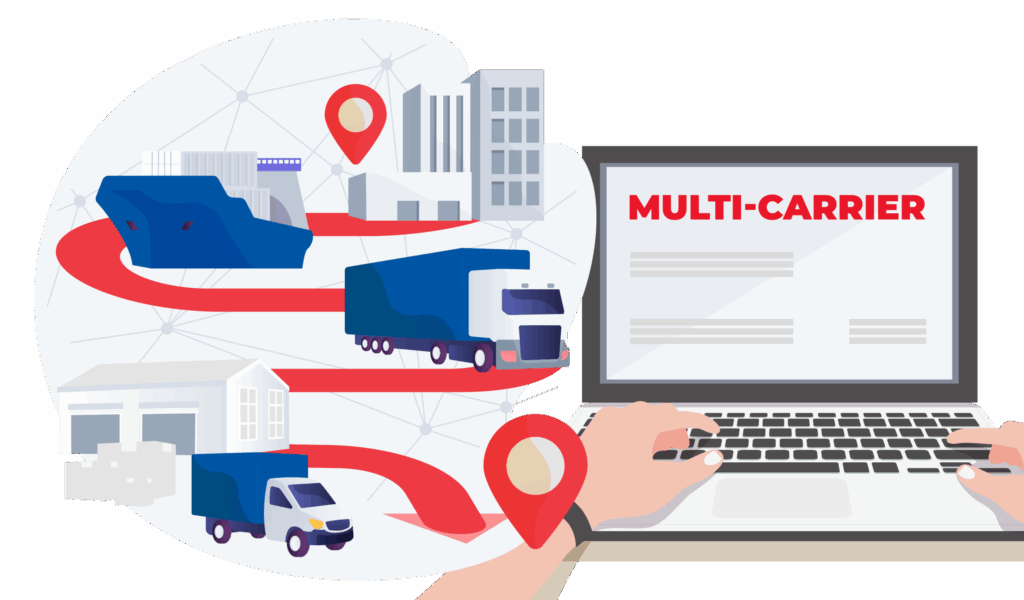
One of Postal Parcel’s standout features is its ability to integrate multiple carriers—DHL, FedEx, UPS, and regional couriers—within one platform. Warehouse automation systems can use this data to:
- Automatically select the most cost-efficient carrier.
- Print shipping labels with the correct international barcode format.
- Track parcels through customs clearance in real time.
This eliminates bottlenecks caused by fragmented systems and enables end-to-end shipment visibility.
Predictive Analytics and Demand Forecasting
Postal Parcel also integrates predictive analytics that feed back into warehouse planning. By analyzing shipping trends, delivery times, and regional demand spikes, warehouses can automatically adjust stocking strategies.
For example:
- Predictive models may recommend storing popular items closer to outbound docks.
- AI-driven insights can suggest increasing staff or robotic activity in specific areas during high-demand periods like Black Friday or holiday sales.
Key Benefits of Integration
1. Faster Fulfillment Cycles
By integrating warehouse automation with Postal Parcel’s logistics platform, fulfillment time can drop by as much as 40%. As soon as an online order is placed, warehouse robots pick, pack, and scan items, while the platform assigns a carrier and updates tracking status—within seconds.
2. Lower Operational Costs
Automation minimizes labor-intensive tasks, and smart tracking ensures no time or money is wasted on lost shipments or data errors. Businesses can:
- Reduce manual scanning and label printing tasks.
- Optimize carrier selection based on live data.
- Decrease the need for redundant administrative staff.
3. Enhanced Customer Satisfaction

Modern customers expect to know exactly where their packages are and when they’ll arrive. With this integration:
- Customers receive real-time tracking updates directly from Postal Parcel.
- Order accuracy improves, leading to fewer complaints.
- Faster deliveries and proactive delay notifications build stronger trust.
4. Improved Decision-Making
Warehouse managers and logistics teams access unified dashboards showing inventory levels, delivery times, and regional performance. These insights empower data-driven decisions and support long-term strategy improvements—whether it’s optimizing routes, balancing stock levels, or expanding into new regions.
Implementation Strategies for a Smooth Integration
1. Evaluate Existing Systems
Start by auditing your warehouse management system, automation hardware, and logistics tracking software. Identify compatibility issues, outdated components, and areas where manual work still dominates.
2. Use Open APIs for Communication
Modern logistics systems rely on APIs to exchange information instantly. Postal Parcel provides flexible API endpoints that allow real-time data sharing between automation software and carrier databases. This means no delays in order confirmation or status updates.
3. Automate Exception Management
Integrate alert mechanisms that trigger automatic workflows. For instance, if a package is stuck in customs, the system can automatically reroute a replacement shipment or notify the customer service team.
4. Train Teams for a Data-Driven Culture
Even the most advanced integration requires people who understand how to interpret the data. Train warehouse operators, logistics coordinators, and managers to use insights from Postal Parcel’s analytics dashboard to improve forecasting and workflow efficiency.
Challenges and How to Overcome Them
Data Synchronization

When multiple systems communicate, data delays or mismatches can occur. To avoid this, schedule automated data refresh cycles and ensure all devices are time-synchronized with the main server.
Scalability Issues
As your business grows, your system must handle more shipments, carriers, and warehouse operations. Postal Parcel’s modular architecture allows easy scaling—simply add new warehouse nodes or regional shipping partners without rebuilding the system.
Cybersecurity and Compliance
With automation and tracking integrated globally, security becomes critical. Use encryption protocols, secure API keys, and compliance frameworks such as GDPR and ISO 27001 to protect customer and shipment data.
The Future of Smart Logistics Integration
The next generation of logistics will rely on deeper connectivity between intelligent systems. AI-powered warehouse robots, IoT-enabled containers, and cloud-based logistics tracking will create a fully autonomous ecosystem.
Postal Parcel is already preparing for this future by expanding its platform to support:
- IoT tracking sensors for real-time temperature and vibration monitoring.
- Automated customs documentation for faster cross-border clearance.
- Blockchain transaction records for tamper-proof shipment validation.
These innovations will push global supply chains toward a more transparent, efficient, and sustainable future.
Conclusion
Integrating your Global Logistics Track Platform with Warehouse Automation is more than a technological upgrade—it’s a transformation of how modern commerce operates. The result is a synchronized, data-driven ecosystem where products move faster, operations run smoother, and customers stay informed from checkout to delivery.
Businesses adopting this integration gain not only operational efficiency but also a clear competitive edge in the global market. Postal Parcel continues to lead this movement, empowering companies to turn complex logistics networks into streamlined, automated systems built for tomorrow.
Visit postalparcel.com to explore how Postal Parcel can elevate your global logistics and warehouse performance to the next level.
Industry Insights
news via inbox
Nulla turp dis cursus. Integer liberos euismod pretium faucibua

